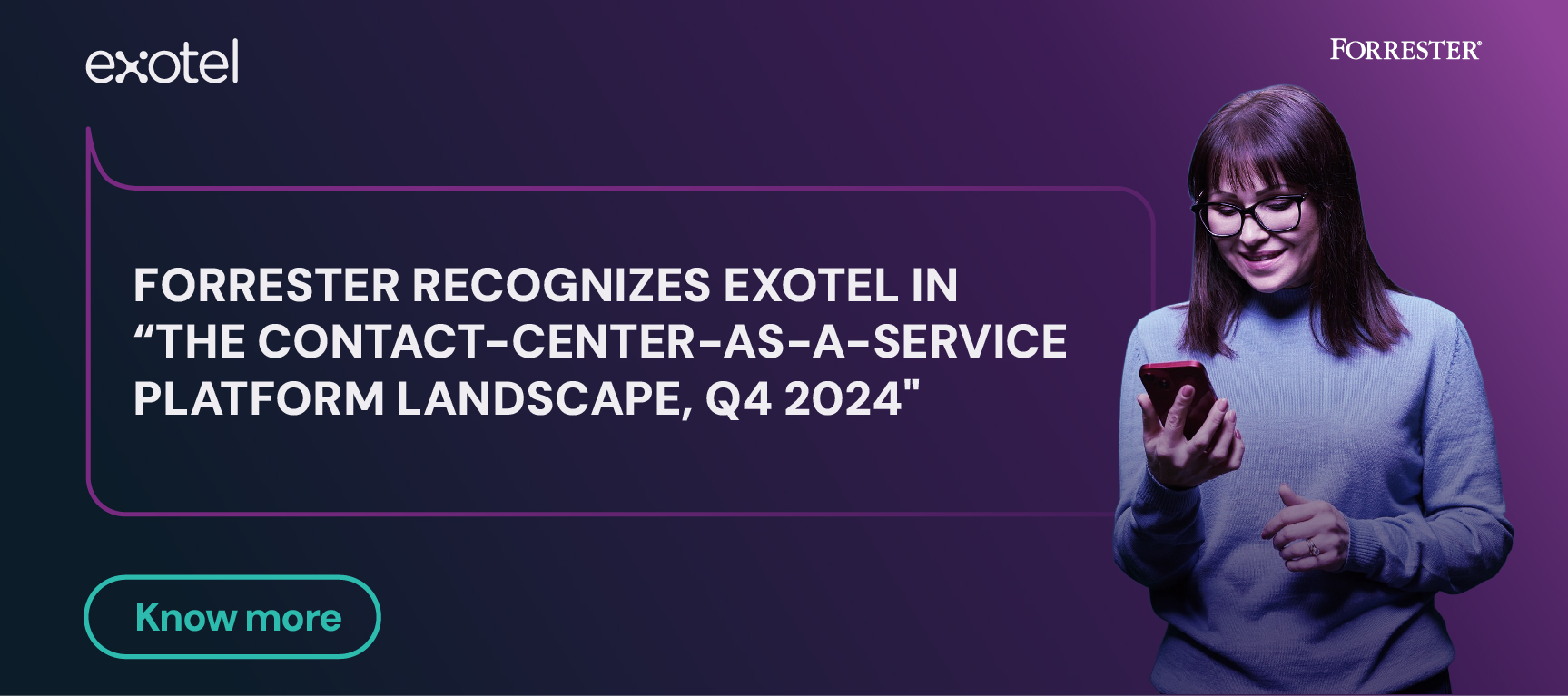Customer service is the backbone of every successful business. It’s about solving problems, building trust, enhancing customer loyalty, and creating experiences that keep people coming back. Since customers have endless options at their fingertips in the current world scenario, great customer service can be the key differentiator that sets a brand apart. How a business treats its customers speaks volumes about its values and priorities, whether it’s answering a simple query or resolving a complex issue.
Understanding potential customer challenges can help deliver exceptional service. Anticipating the difficulties customers may face allows businesses to address them and provide tailored solutions. They can foster stronger connections by identifying common pain points and recognizing the emotions behind customer frustrations.
The key lies in understanding your target customers, addressing their expectations, and turning challenges into opportunities to showcase your commitment. This blog post covers seven common customer service challenges and how to confidently tackle them.
Tackling 7 Common Customer Service Challenges Effectively
Here are seven tricky customer service situations and how to address them effectively:
→ An Emotional or Demanding Customer
Customers can become highly emotional when they feel frustrated or overwhelmed. They may appear demanding at first. However, the demands might be stemming from a desire to regain control or resolve their issues quickly.
In such cases, staying calm, listening actively, and acknowledging their feelings is important. For instance, you can use empathetic phrases like – ‘I understand how frustrating this must be for you’.
When dealing with demanding customers, you should also avoid taking their behaviour personally and resolve their concern swiftly in a polite and understanding tone.
→ An Angry or Stressed Customer
Angry or stressed customers can challenge even the most experienced agents. For instance, a loyal customer might be upset about a lack of discounts or a recurring issue.
To deal with them, you need to start by acknowledging their frustration and apologizing for any inconvenience. You can then offer a solution that addresses their concern. This can be about informing them about current promotions or assuring them of better offers in the future. Your composed and empathetic outlook while working toward a resolution can turn their negative experience into a positive one.
→ Free Fix Requests
Some customers expect a free resolution for problems that aren’t your company’s fault. In such situations, you need to maintain boundaries. This can be done by acknowledging their feelings respectfully and clearly explaining your policies.
You can offer to assist them within your scope of responsibility and propose alternatives if compensation isn’t possible. This approach ensures fairness while demonstrating a willingness to help.
→ Brand or Business Critics
Occasionally, customers may attempt to damage your brand’s reputation by posting negative reviews, filing complaints, or threatening legal action.
To deal with them, you need to remain composed and professional when faced with such situations. Avoid engaging in arguments or retaliating. Instead, you can apologize for their dissatisfaction and assure them that the team is investigating their concerns.
If the issue is legitimate, you can resolve it promptly and follow up to show accountability.
→ Making a Change That Affects the Customer
At times, change is necessary to meet customer needs. However, it must be approached carefully to avoid customer dissatisfaction. When a customer has specific expectations and a budget, altering the situation can feel like a compromise.
The key here is offering options. You can present the customer with several choices. For example, you can offer multiple plans to choose from – Plan A, Plan B, or Plan C, each with different price points. If the customer insists on an option that may not fully meet their needs, you can offer a reasonable solution by including a free accessory to help balance out the price difference.
This is how you can give customers some control over the situation and demonstrate empathy.
→ A Disrespectful or Rude Customer
Dealing with disrespectful or rude customers can be tough. You need to maintain professionalism by always acknowledging their frustration and keeping calm.
Even if the customer is rude, keeping a positive and composed attitude can reduce the tension. While you can’t control their behavior, you can control how you respond. A calm approach often leads to a more constructive conversation.
→ An Unresolved or Complex Problem
Some customer issues are inherently difficult to resolve, no matter how hard you try. In these cases, you need to manage expectations and clearly communicate the limitations.
You can politely explain your boundaries and apologize for any inconvenience caused. If it becomes clear that your products/services cannot fulfil the customer’s needs, you can gently suggest alternative solutions.
Remaining calm and empathetic while setting realistic expectations can go a long way in maintaining the customer’s trust, even if the resolution isn’t immediate.
Conclusion
The first step to addressing customer service challenges is understanding the underlying issues at hand. Once you are equipped with strategies to handle different possible scenarios, you can turn difficult situations into opportunities for customer loyalty, as detailed above.
In addition, you can incorporate automated customer support software to save valuable time/resources, streamline your operations, and reduce overhead.





